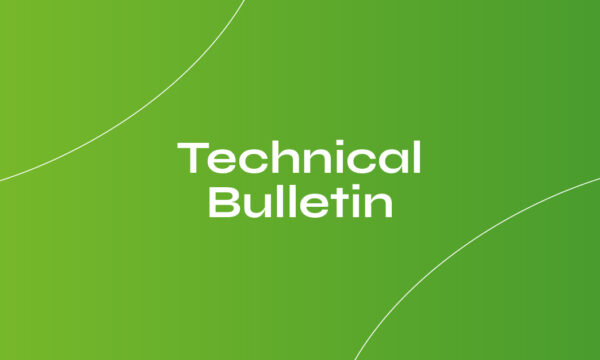
Materials for Self-Consolidating Concrete (SCC) – TB-1502
Powder Materials Hydraulic Cements Conforming to ASTM C150, C595, C845, or C1157, cement from one cement…

Using V-MAR® 3 (Rheology Modifying Admixture) to Reduce Concrete Pump Pressure – TB-1402
The successful pumping of concrete is dependent on a number of factors including having a suitable…

Compatibility of Post-Applied Coatings and DRY-BLOCK® – TB-0014B
DRY-BLOCK® block and mortar admixtures are designed to give water-repellent properties to concrete masonry units (CMU)…

Mortar Joints and the DRY-BLOCK® System – TB0005B
Mortar joints in masonry construction can account for up to 15% of the surface area of…

An Introduction to Self-Consolidating Concrete (SCC) – TB-1500
Self-Consolidating Concrete (SCC) is a rapidly developing research area with literally hundreds of published papers. This…

Self-Consolidating Concrete (SCC) Production Tips – TB-1505
Self-Consolidating Concrete (SCC) has many benefits associated with the high workability of fresh concrete. However, this…

Cleaning Masonry Containing DRY-BLOCK® – TB-0013C
This technical bulletin covers recommended procedures for removing dust, dirt, mortar splatter, mud, cement splashes, efflorescence…

DRY-BLOCK® and Stucco Applications – TB-0015B
DRY-BLOCK® Block and Mortar Admixtures are designed to give concrete masonry units (CMU) and mortar water…

Performance of DARAWELD® C Bonding Agent for Concrete Repair – TB-0016A
DARAWELD® C is a liquid bonding agent for bonding new to old or new to new…

Understanding AASHTO T277 and ASTM C1202 Rapid Chloride Permeability Test – TB-0100
This test method was originally developed by the Portland Cement Association, under a research program paid…

STRUX® 90/40 Dosage Rates for Light Use Loading Applications – TB-1201
STRUX® 90/40 Synthetic Macro Fibers are used to replace welded-wire fabric in many slab-on-grade applications, including…

RECOVER® as Wash Water Treatment – TB-1300
Effect on Concrete Performance The stabilization of the Portland cement hydration process by RECOVER® is not…


